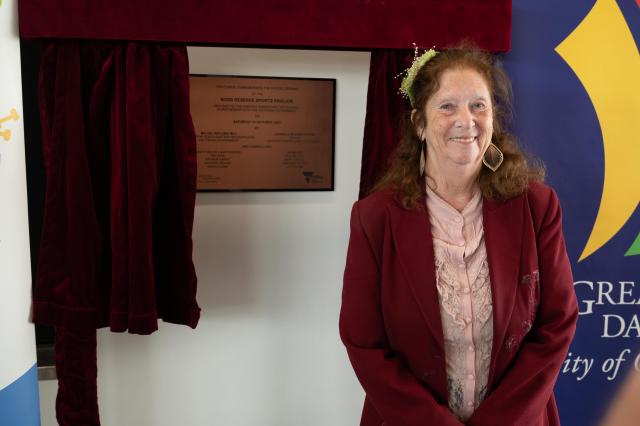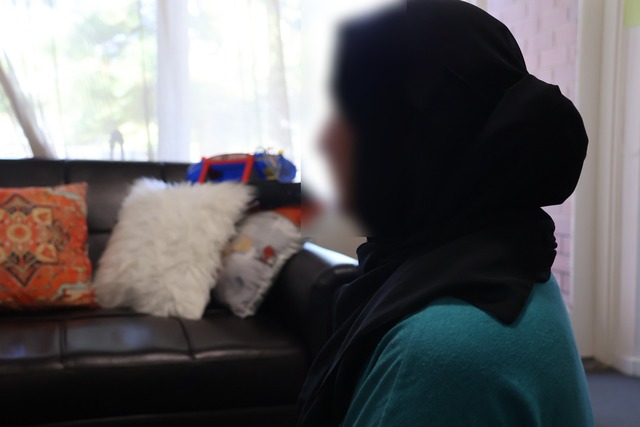The true meaning of Purim is the celebration of Jewish Queen Esther saving the Jews from the Persian King in 5th Century BCE and is usually celebrated on the 14th day of Adar, usually late February or early in March.
When wishing someone a happy Purim, you can hope that they have a joyous celebration, enjoying many Hamantashen, which is a Ashkenazi Jewish triangular filled pocket pastry associated with the Jewish holiday of Purim.
The name refers to Haman, who is the villain. Purim itself is a festive holiday including costumes, parties and the Book of Esther.
Meals and gifts are shared with friends.
The hope of Purim is that the story’s happy ending will be also a happy ending for the Jewish people and celebrates the story of good Queen Esther and her bravery.
A mitzvah is a commandment or good deed that is central to Jewish Practice and comes from the Hebrew word “tzavta”, meaning connection.
The four mitzvot of Purim are:
Megillah – hearing and reading of the Book of Esther
Matanot L’Evyonim – giving charity to the poor
Mishloach Manot – sending food to friends, neighbours and those in need
Seudah – eating a festival meal
Chag Purim Sameach. The hope of joyous celebration.
Enquiries regarding the Interfaith Network, City of Greater Dandenong: administration@interfaithnetwork.org.au or 8774 7662.
Visit interfaithnetwork.org.au








